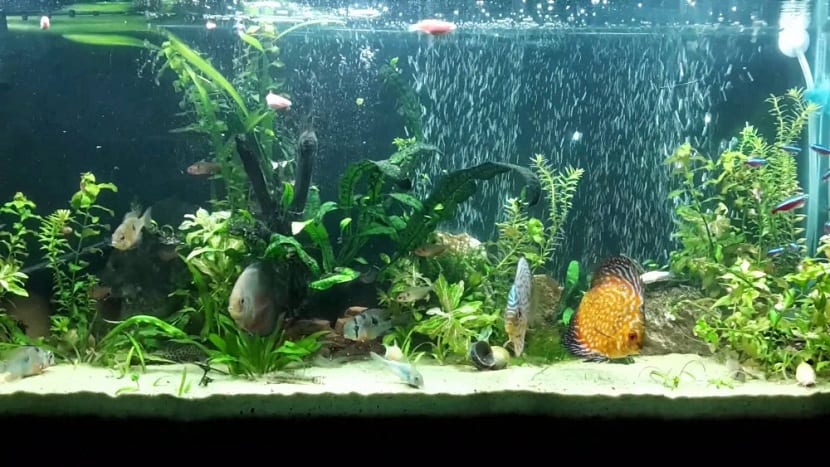
Filtration in aquariums is a very important process for cleaning and good quality. Thanks to well-cleaned and filtered water, fish can live in good condition. In this case, we are going to talk about a material that helps increase the performance of water filtration in aquariums. It's about zeolite. Zeolite is a filter substrate whose performance in the water filtration process is superior to that obtained with activated carbon or sand filters. In addition, it is a product of natural origin.
If you want to know how zeolite is used and the requirements it needs, in this post you can know everything in depth a
Zeolite characteristics
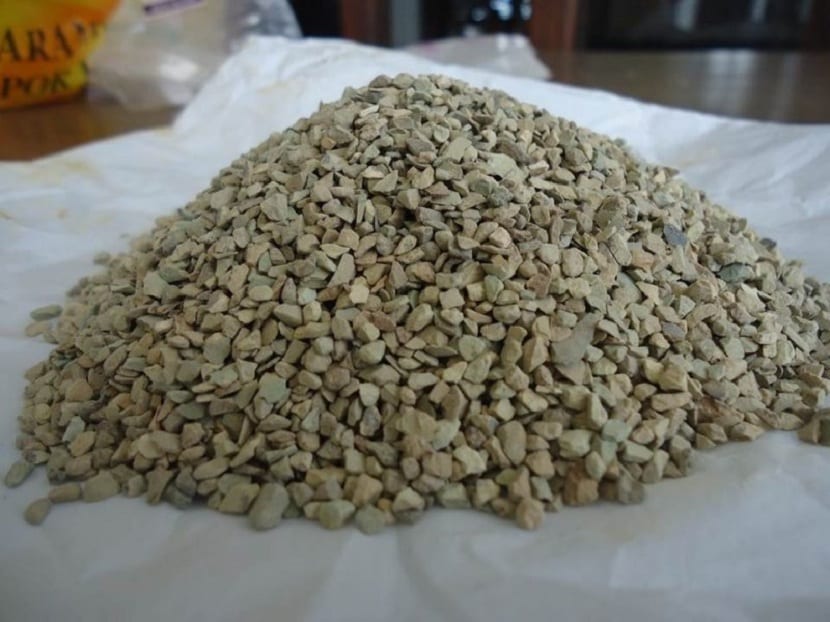
The structure of zeolite is made up of minerals that come from volcanic structures. It is composed of minerals and crystals with a high ion exchange capacity. If we analyze the internal structure of this material, we can observe small channels of about 0,5nm in diameter. This makes him consider himself a porous material suitable for water filtration. In this way it is possible to eliminate the dirt that the suspended water may carry so that the aquarium remains totally clean.
The structure is completed with several parts that contain some pores of greater diameter. It is really that ion exchange capacity that enables the absorption of the polluting elements present in the water and the possible filtration.
There are several types of zeolite. Depending on the type we are treating, it is possible to extract the water from certain minerals such as calcium. This allows the hardness of the water to gradually soften and increase its quality. On the other hand, pores that are larger They are capable of retaining the particles that are in suspension. Many of these particles are elements and molecules of the organic type, such as ammonia, and can reduce the quality of the water.
How It Works

Structure of filter materials
Once we know the characteristics of the zeolite, we will move on to the operation. We remember that it is a substrate capable of exchanging ammonia and that it works differently in fresh or salt water. It is important to know the function of zeolite depending on the type of aquarium that we are going to have.
Zeolites that are calcium exchangers are able to absorb ammonia compounds present in the low presence of calcium and magnesium ions. This occurs in freshwater aquariums.
On the other hand, if we choose a seawater aquarium, the process is totally different. In this type of water, the presence of calcium is much higher than in fresh water. Therefore, the zeolite in this medium acts as a micro porous biological substrate. In addition, on the surface it is capable of concentrating numerous bacteria that rapidly transform ammonia into nitrite and this into nitrate. In this case, the interior of the zeolite has a very low oxygen concentration. It is due to the great consumption abroad. Therefore, the bacteria that settle in these areas are totally autotrophic and capable of synthesizing their own food. They also remove nitrate transforming it into evaporable nitrogen with the help of carbon.
Maintenance and requirements
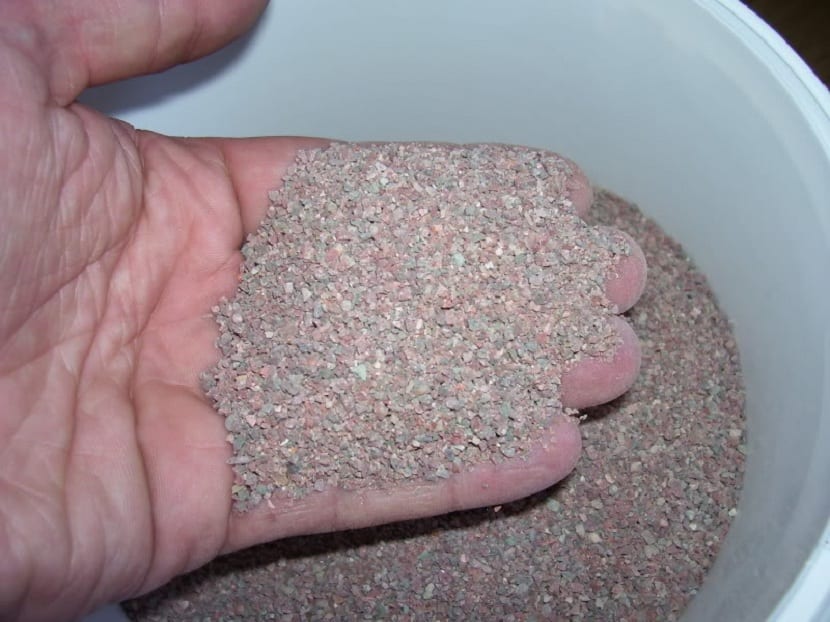
Zeolite is not infinite, but it degrades over time and loses its effectiveness. This is because the bacterial colonies are reproducing to the point of clogging the pores on the surface. With clogged pores, its capacity for filtration is reduced to the point of not exerting its function.
This is the reason why zeolite requires maintenance. Once it begins to fail in the water filtration process, it must be replaced. During the last effective phase of loading, the massing of bacteria improves the performance of the skimmer larger masses of debris detach from the surface and are rapidly removed by the marine debris.
When zeolite is used in an aquarium to aid in filtration It is recommended to use gradually. That is, you should never start filtering the water with all the zeolite loads. This is because its ability to filter the water can affect fish that are already adapted to certain conditions in the aquarium.
All zeolite manufacturers recommend that its installation be done little by little, over weeks, so that the fish adapt to the new water quality. As time goes by after having installed the zeolite in the aquarium, the bacteria generate a great activity. When the activity reaches its highest values, they seriously impair the maintenance of the oxide-reduction values of the aquarium. This is due to the high oxygen consumption they have.
When you should NOT use zeolite in your aquarium
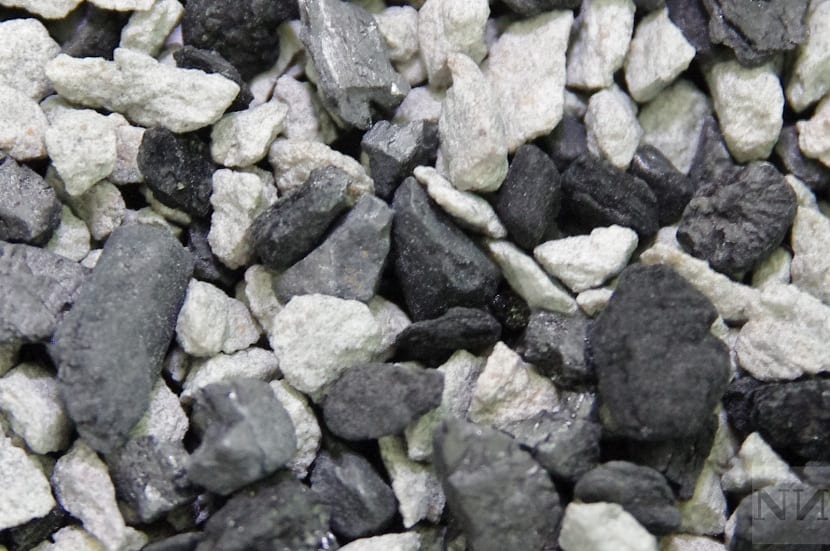
Zeolite and activated carbon
Many aquarium experts agree on the great contribution that this material has in a newly created aquarium. However, even in new aquariums, the addition of ammonia to the medium causes the zeolite to have to act as a short-term base.
On the other hand, once the ammonia levels have become stable, it is good to remove the zeolite. It is not recommended to use it as a permanent base. Instead, it is better to remove it and use conventional means. Among the conventional means we find activated carbon or sand.
Conclusions
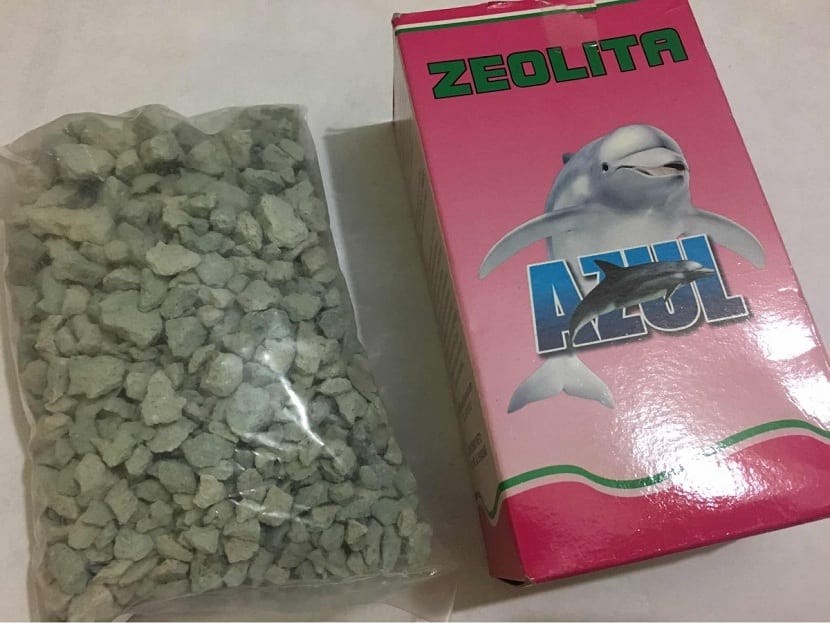
These filters can be mounted in a very simple way inside a pressurized filter and allow the control of the aquarium's coloration, in addition to the aforementioned with ammonia and biological filters. They are quite effective in those aquariums that are very crowded, since in these places maintenance tasks will be required due to the excess of waste molecules.
It is important to avoid the problems that it can generate due to its great capacity for molecular exchange. For it, we must install it little by little over several weeks. In this way, we will be getting the fish in the interior to adapt to the chemical changes in the environment.
It should be mentioned that due to bacterial activity, it is not recommended to keep the zeolite installed for more than three months.
I hope that with these tips you can use this very useful material to help in the filtration of the aquarium.